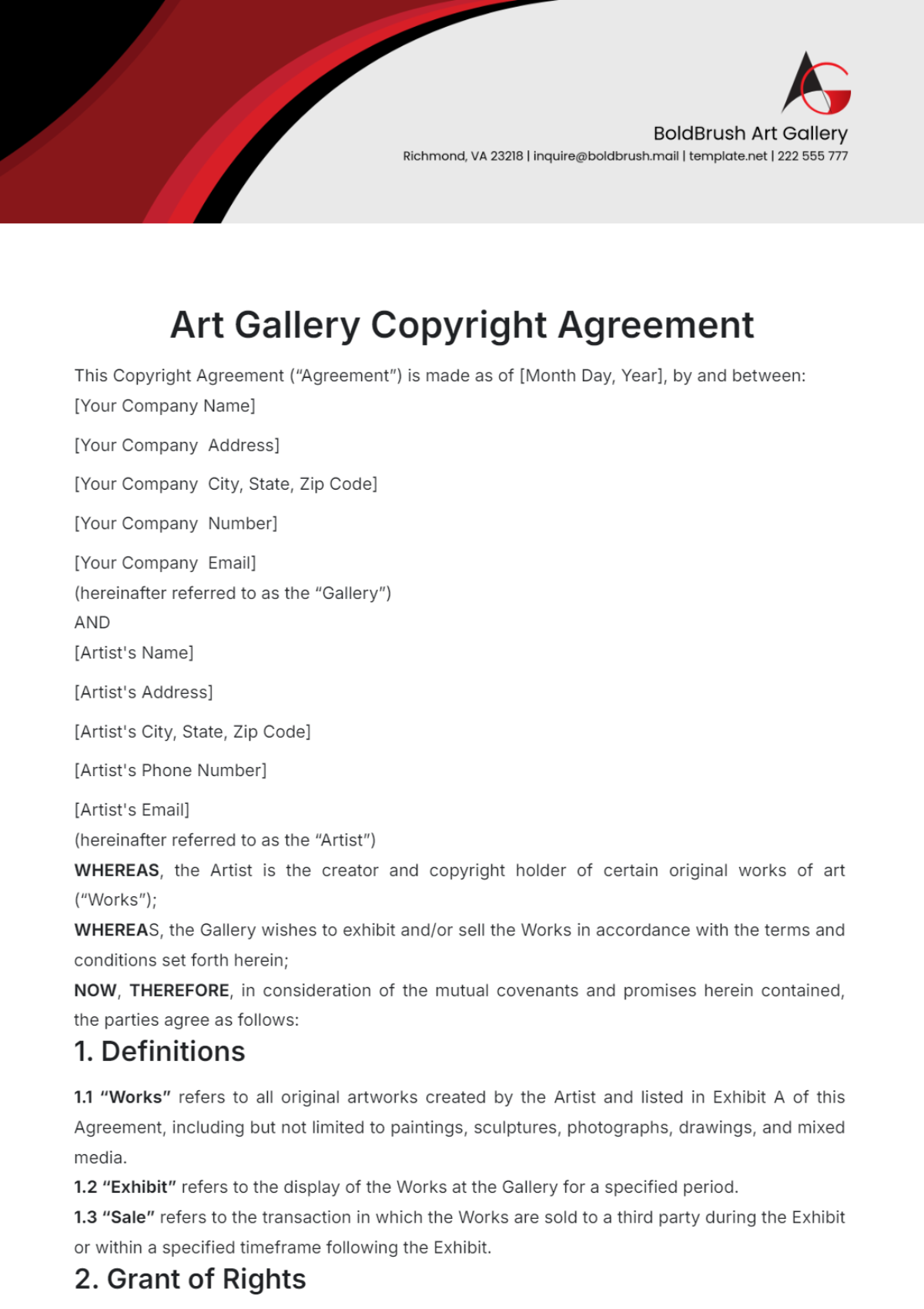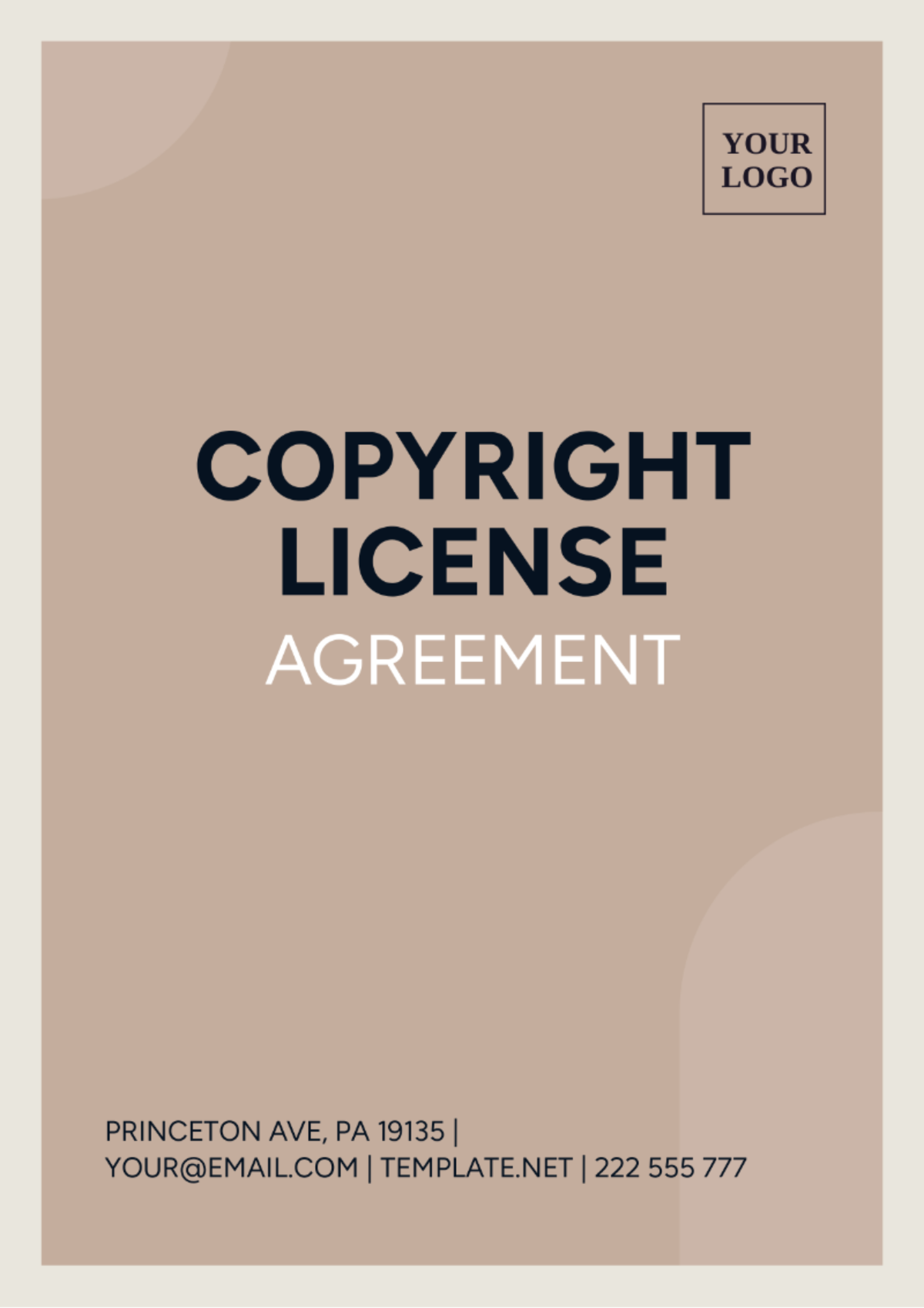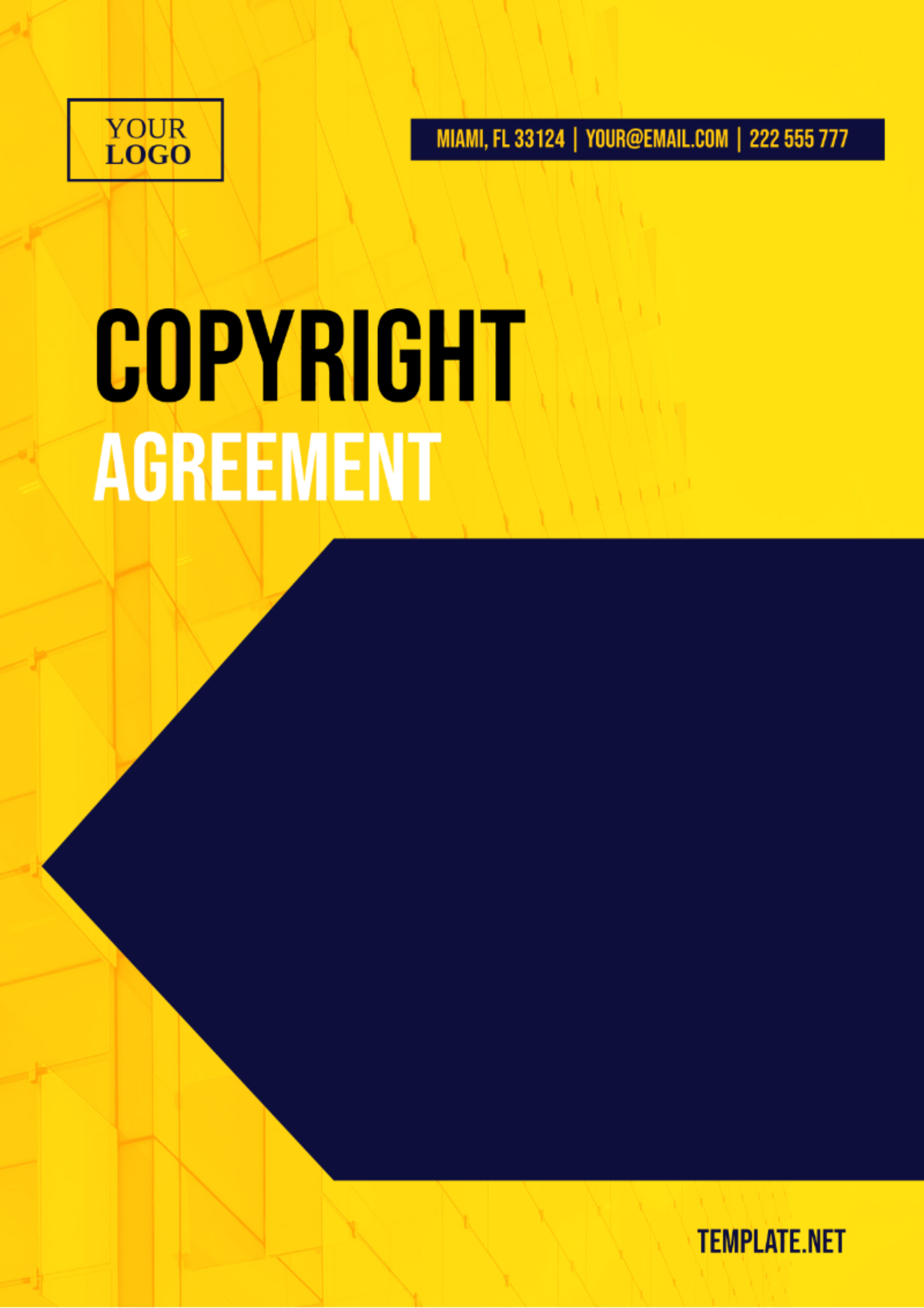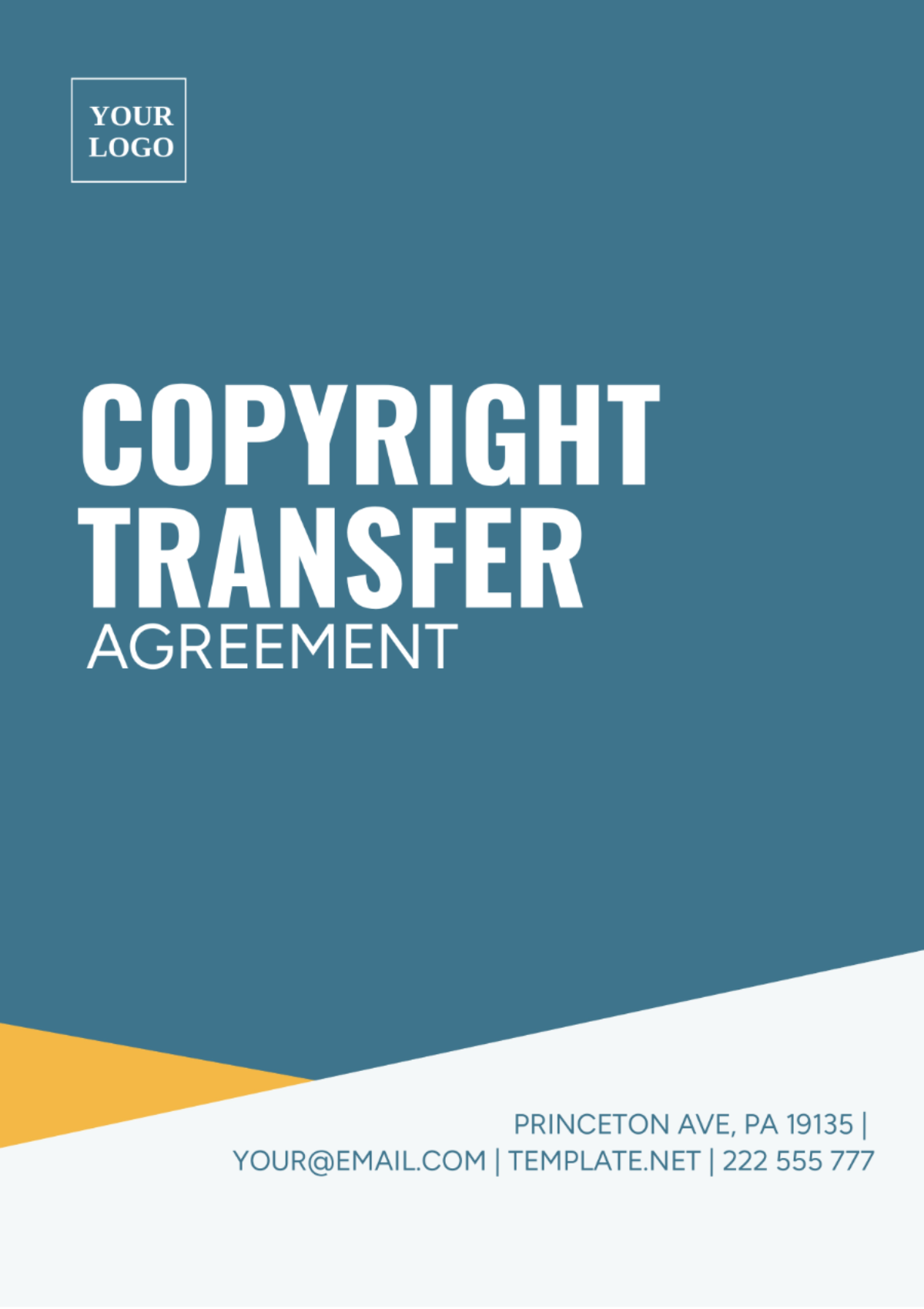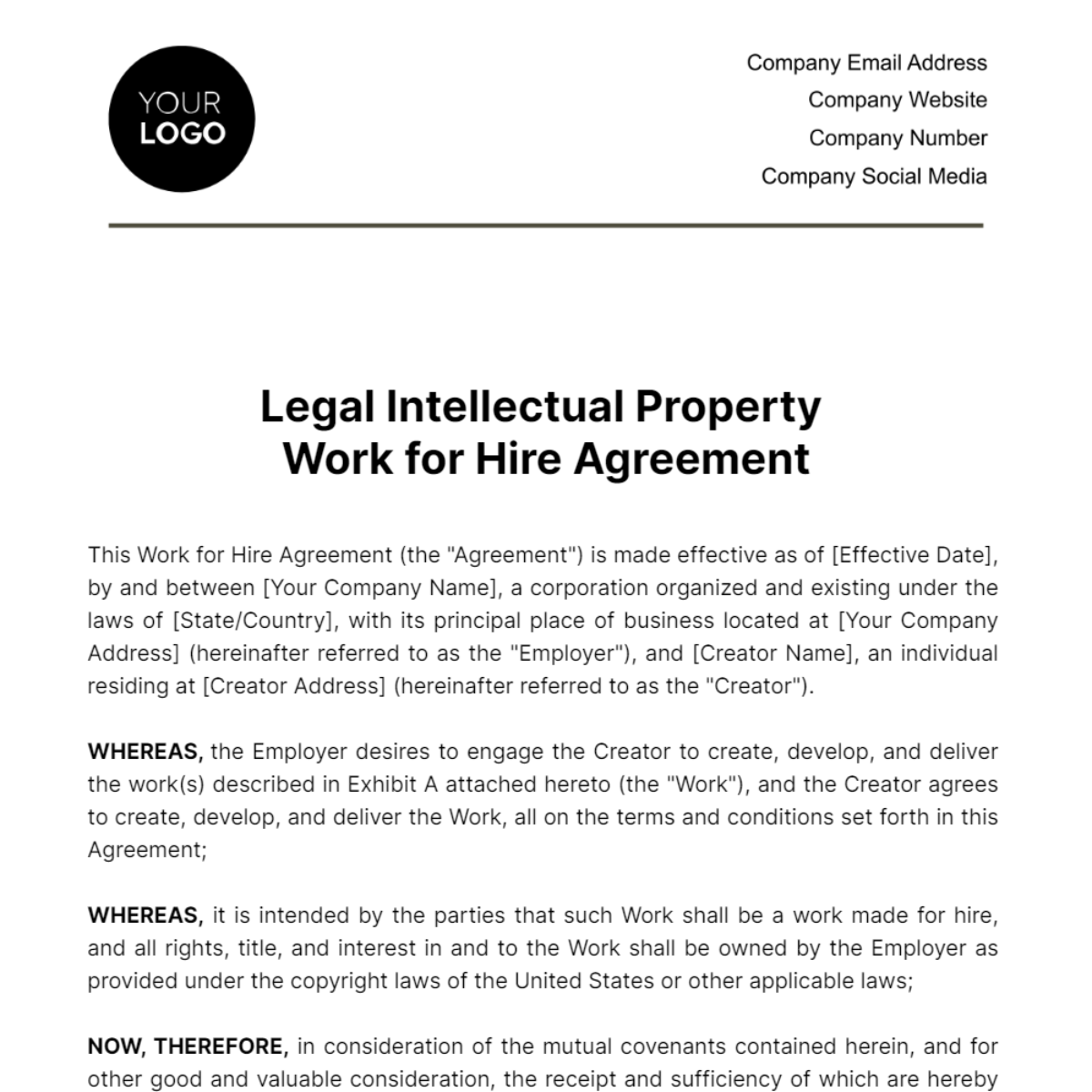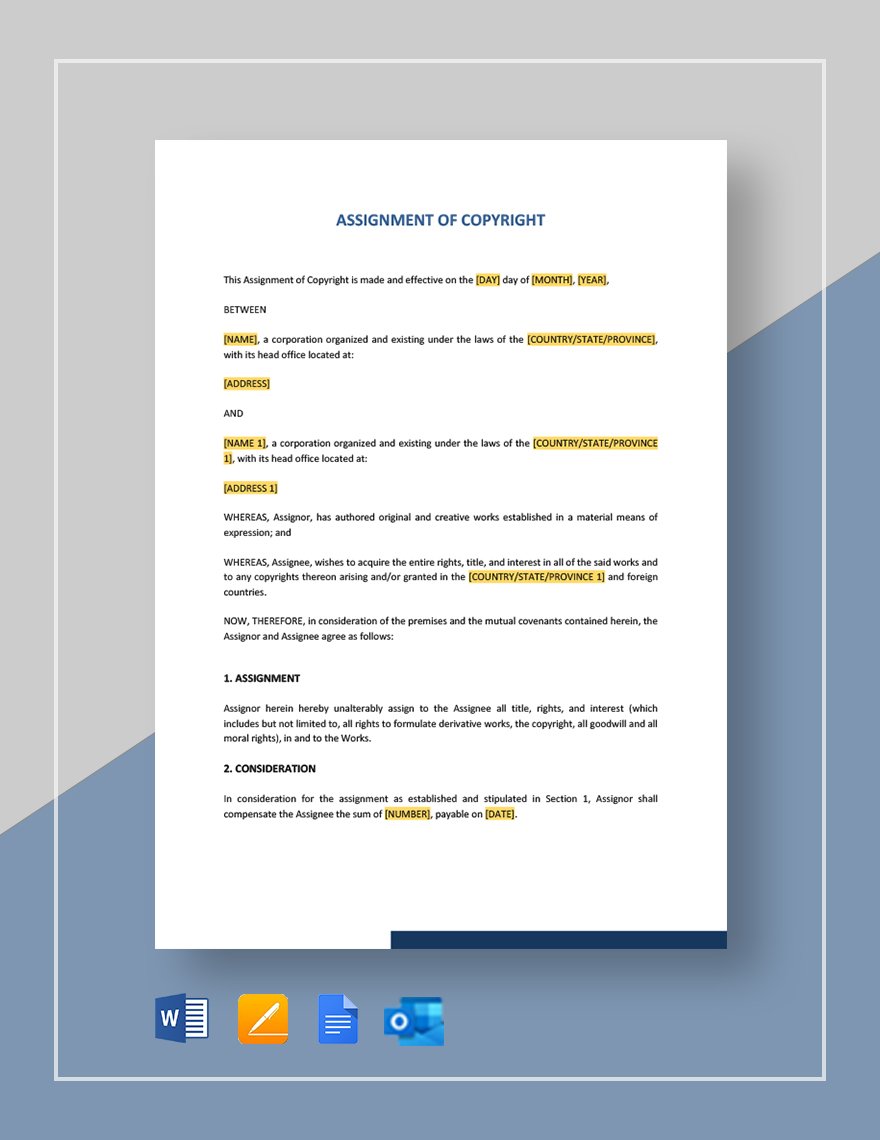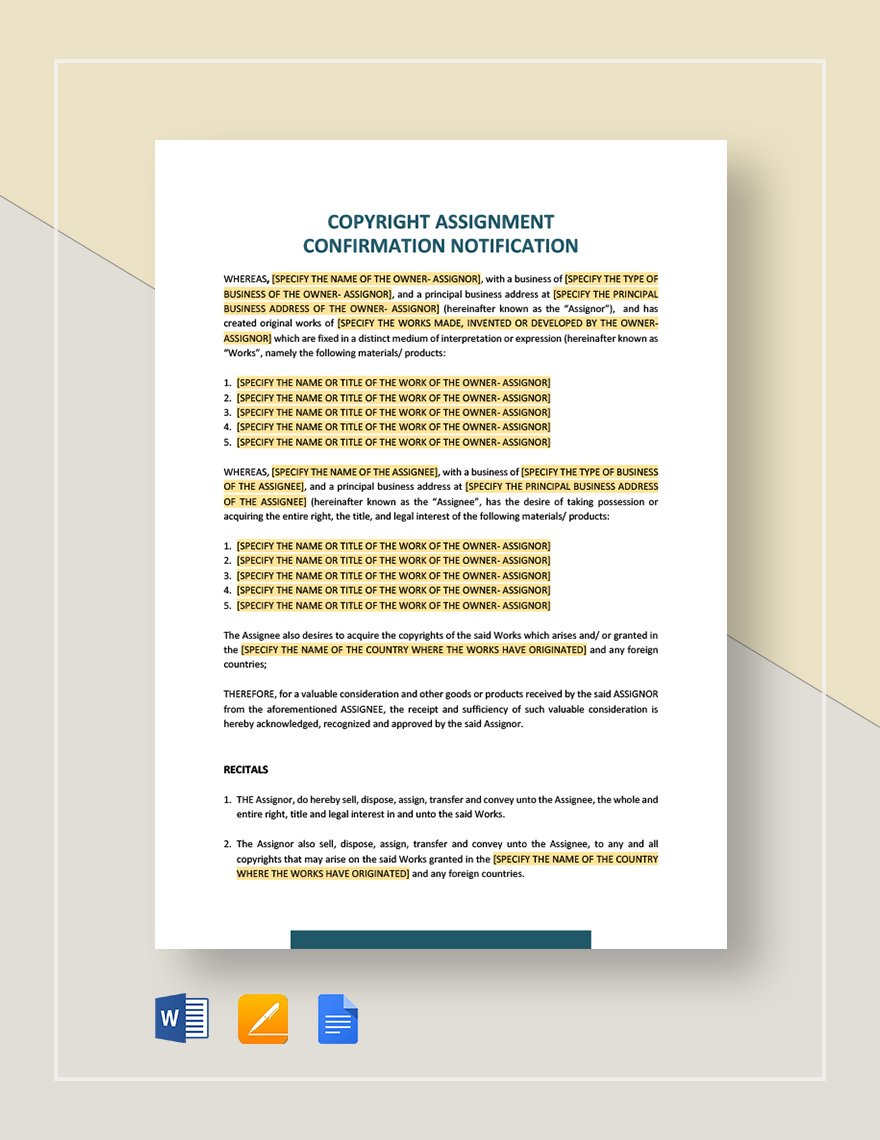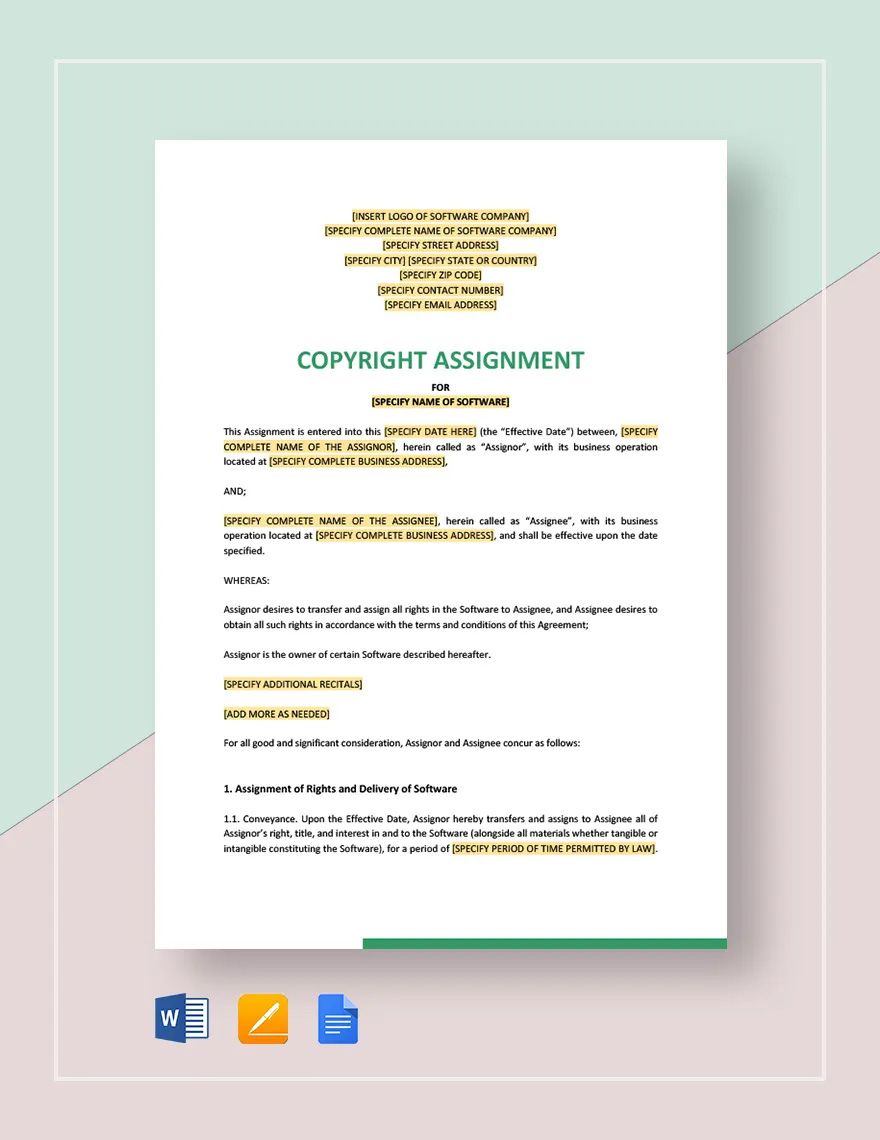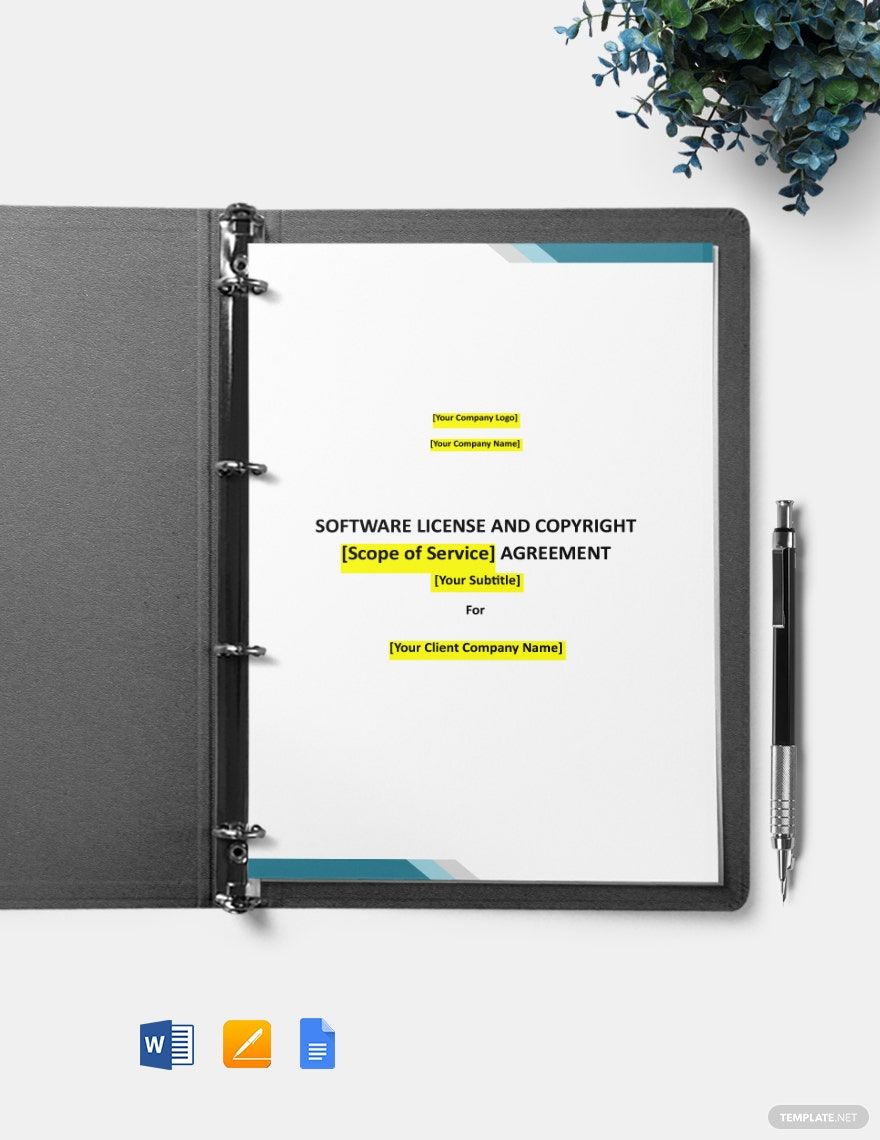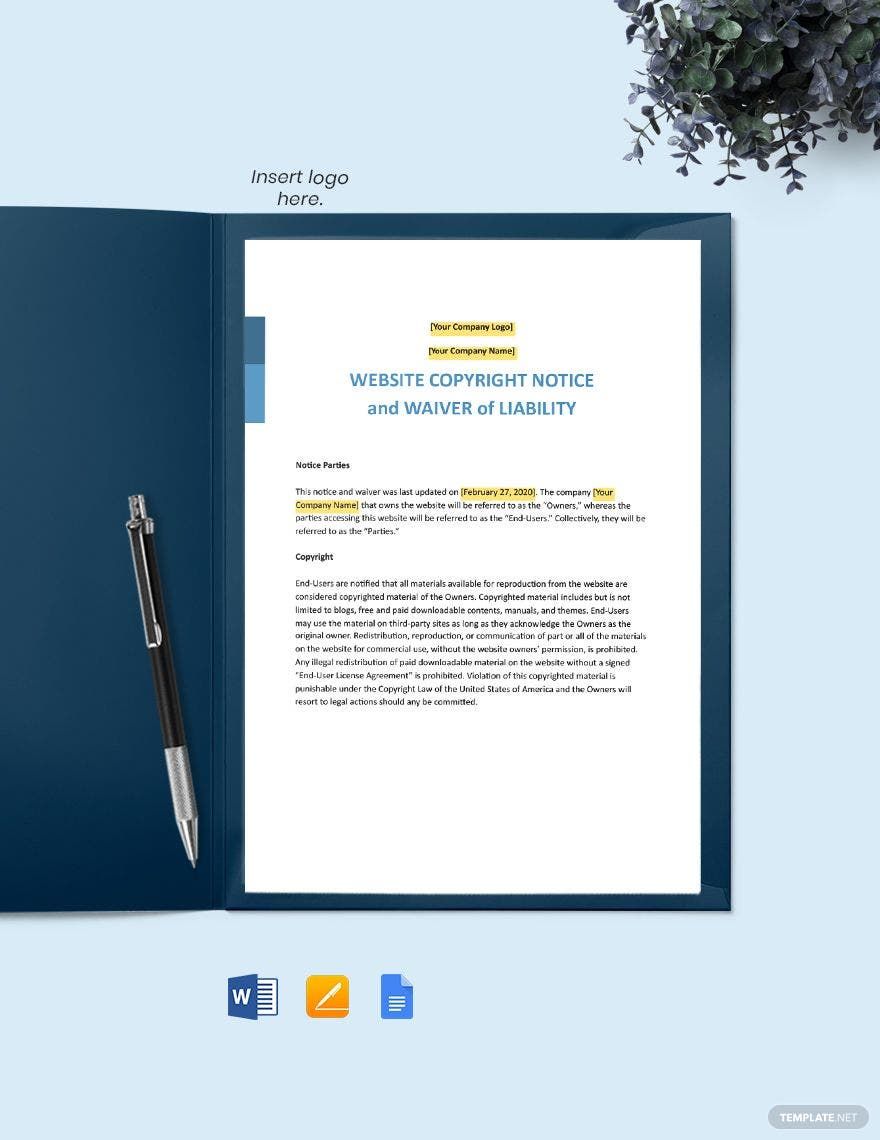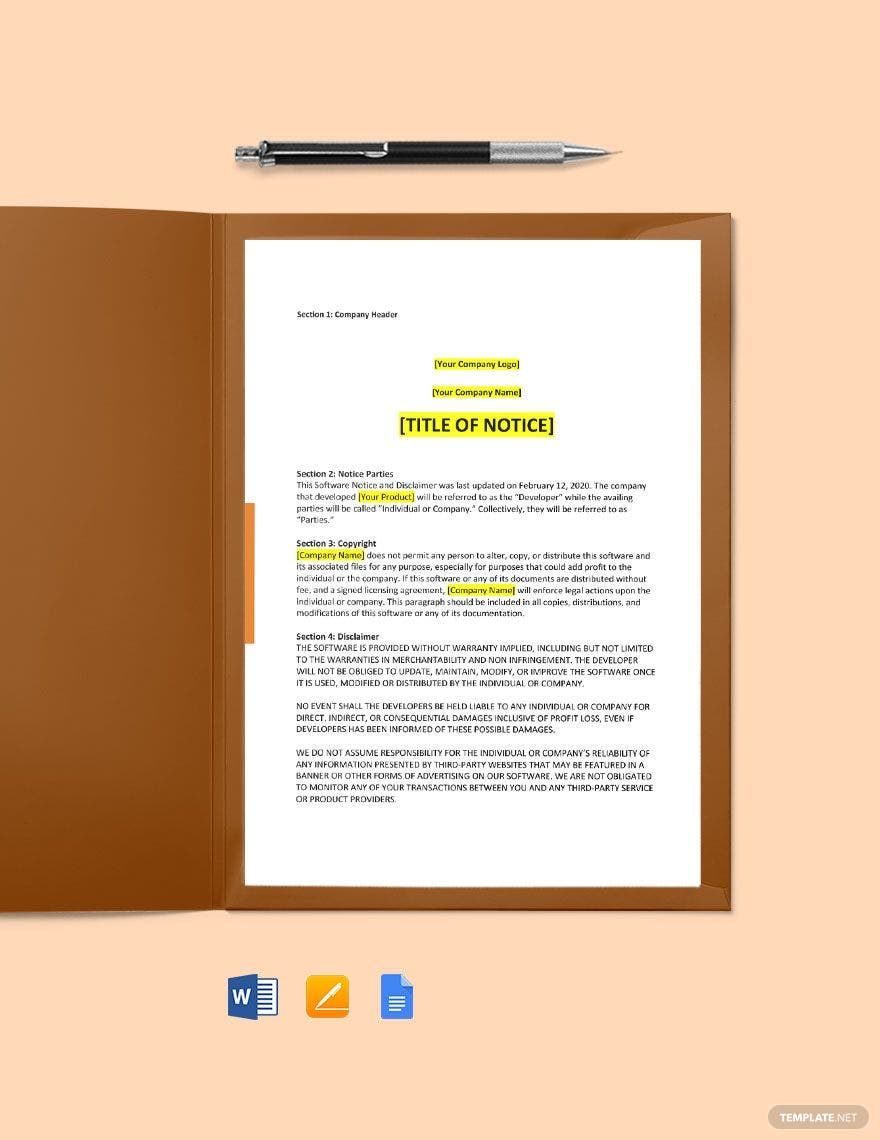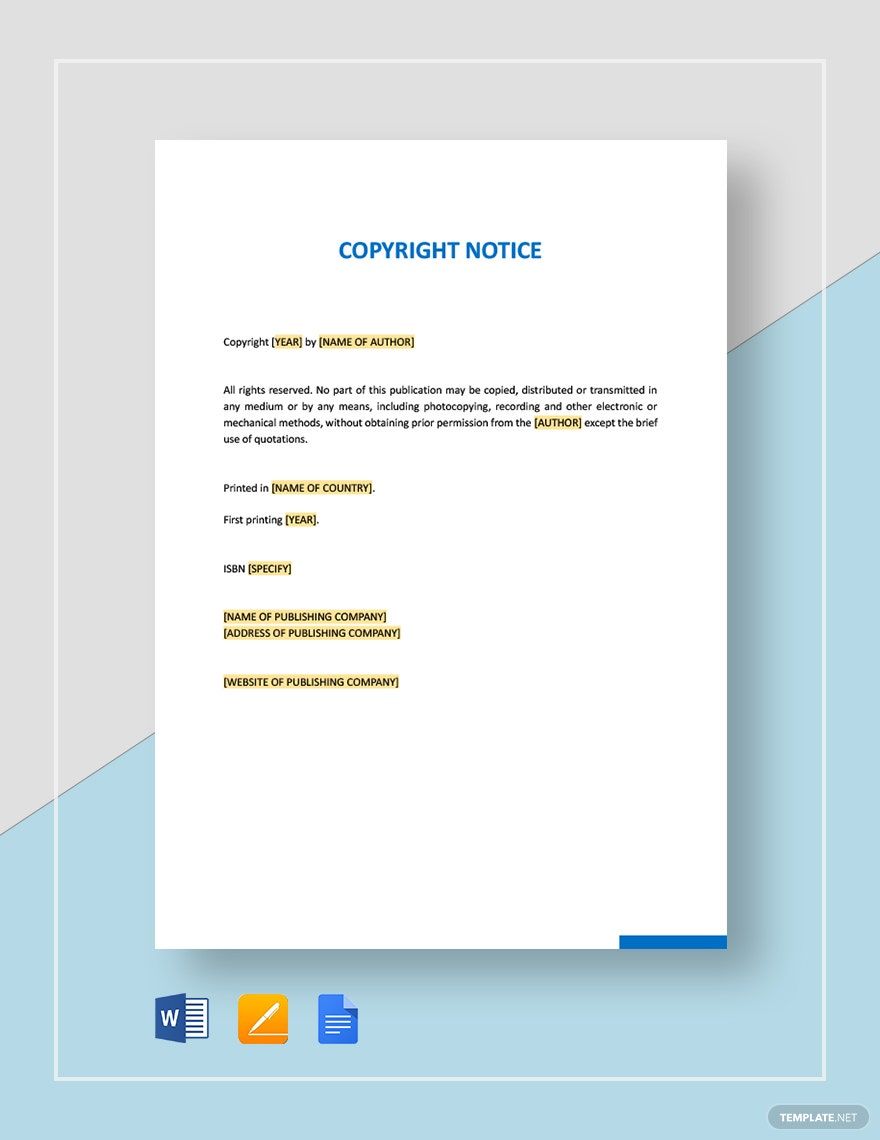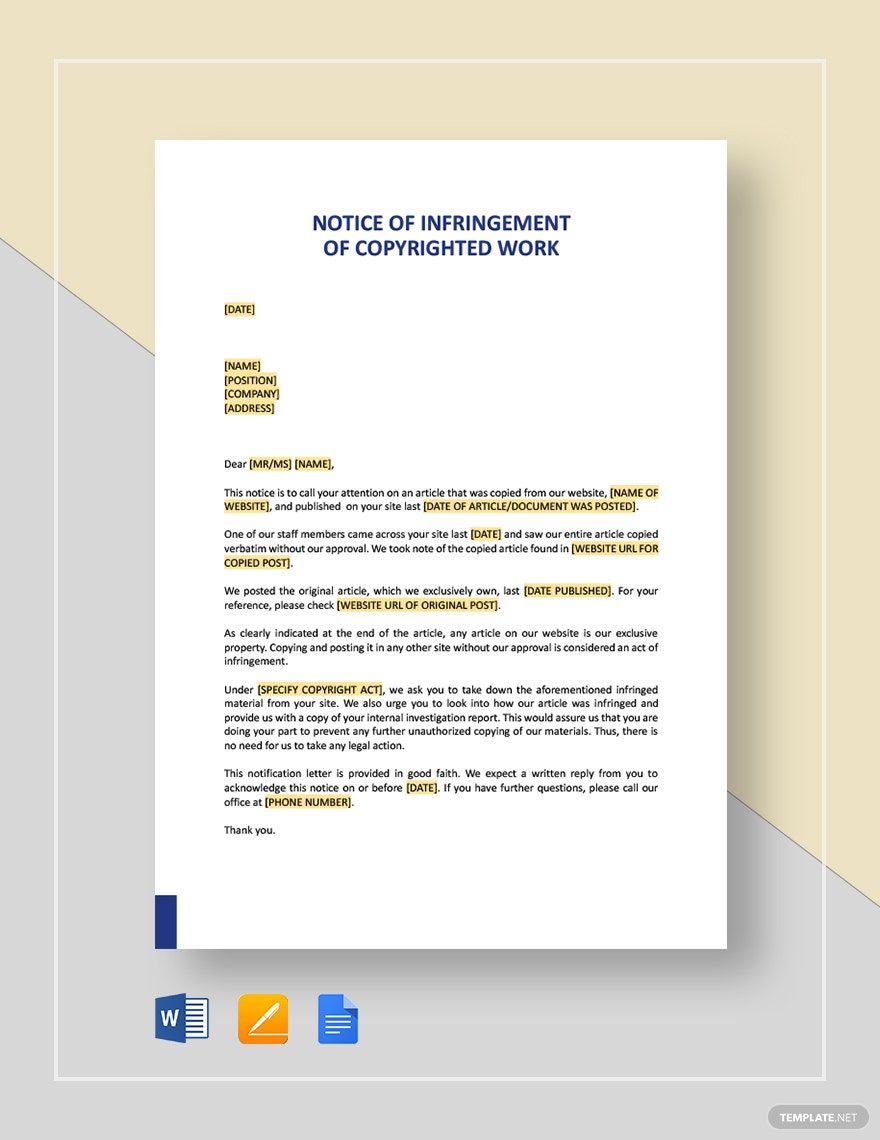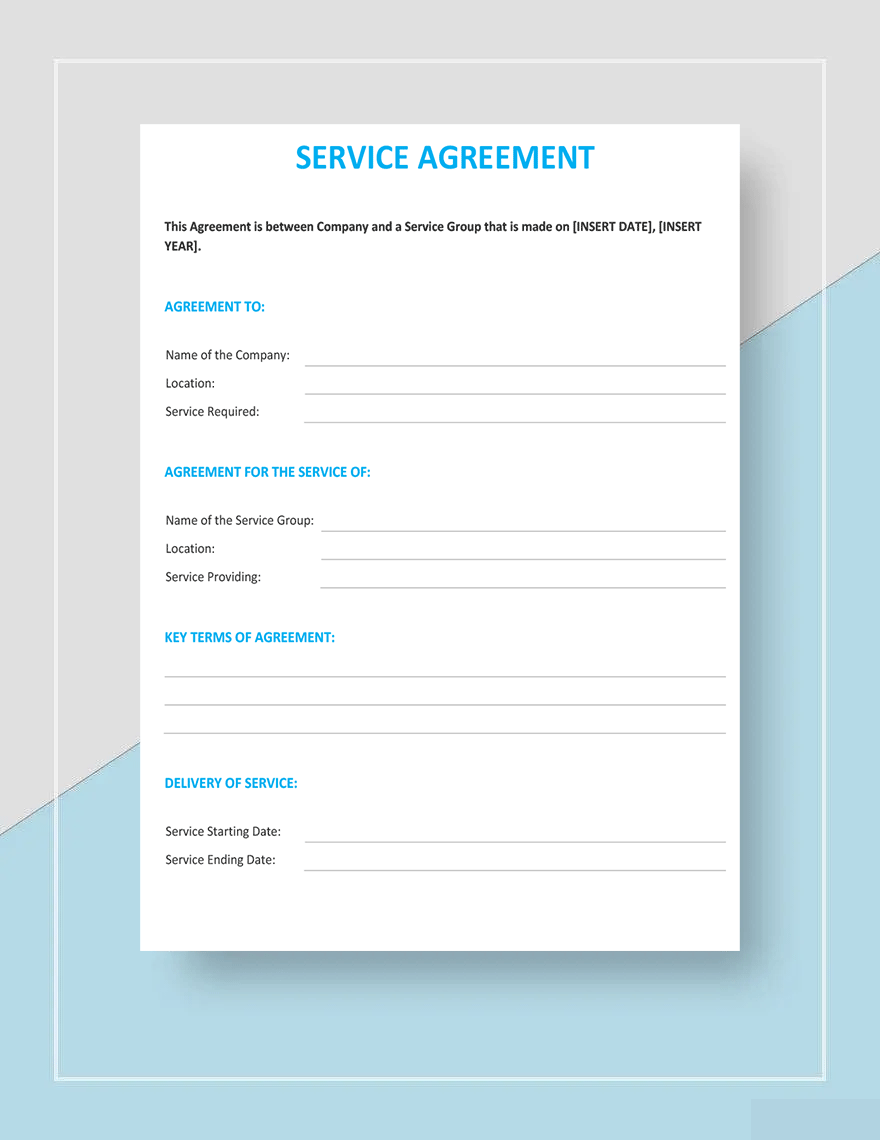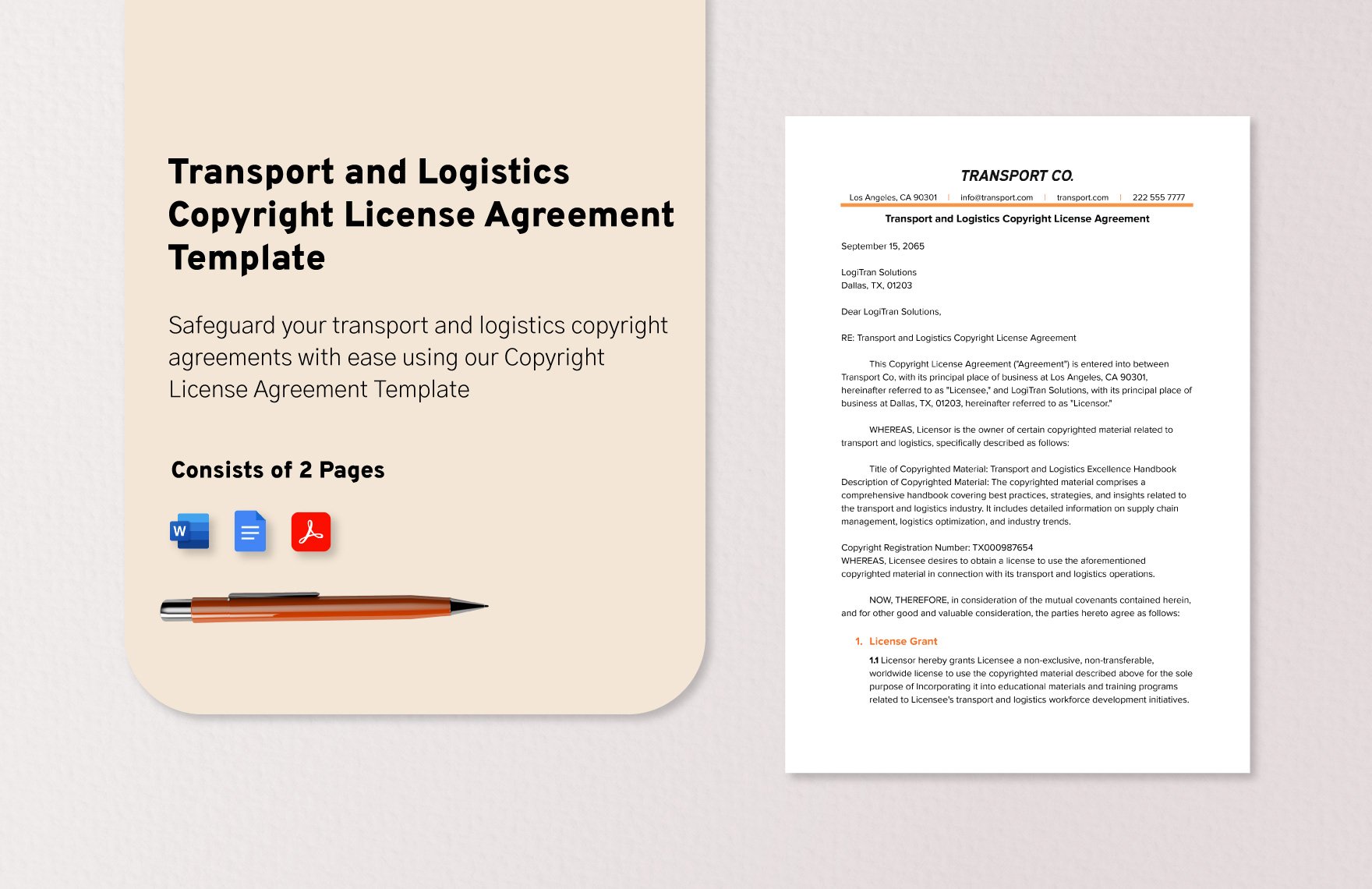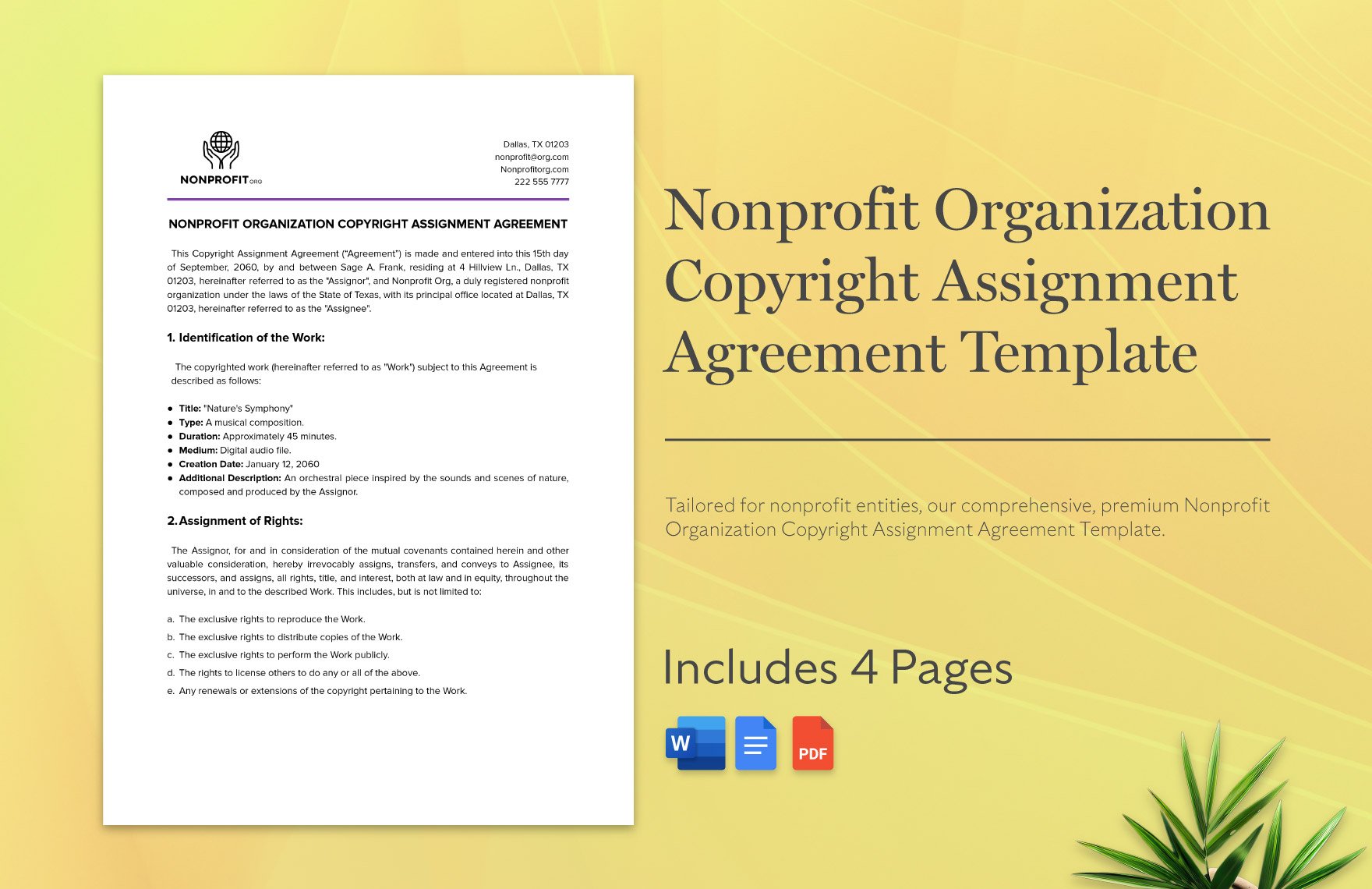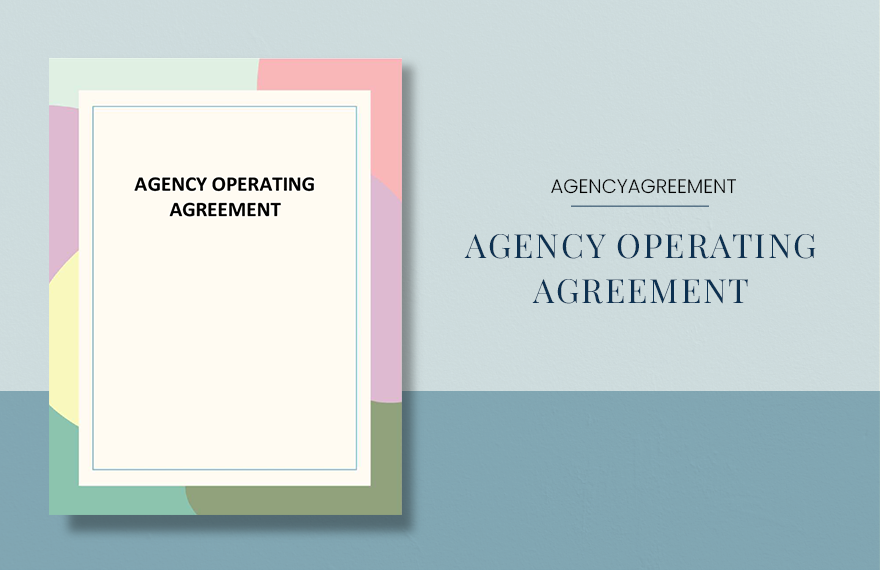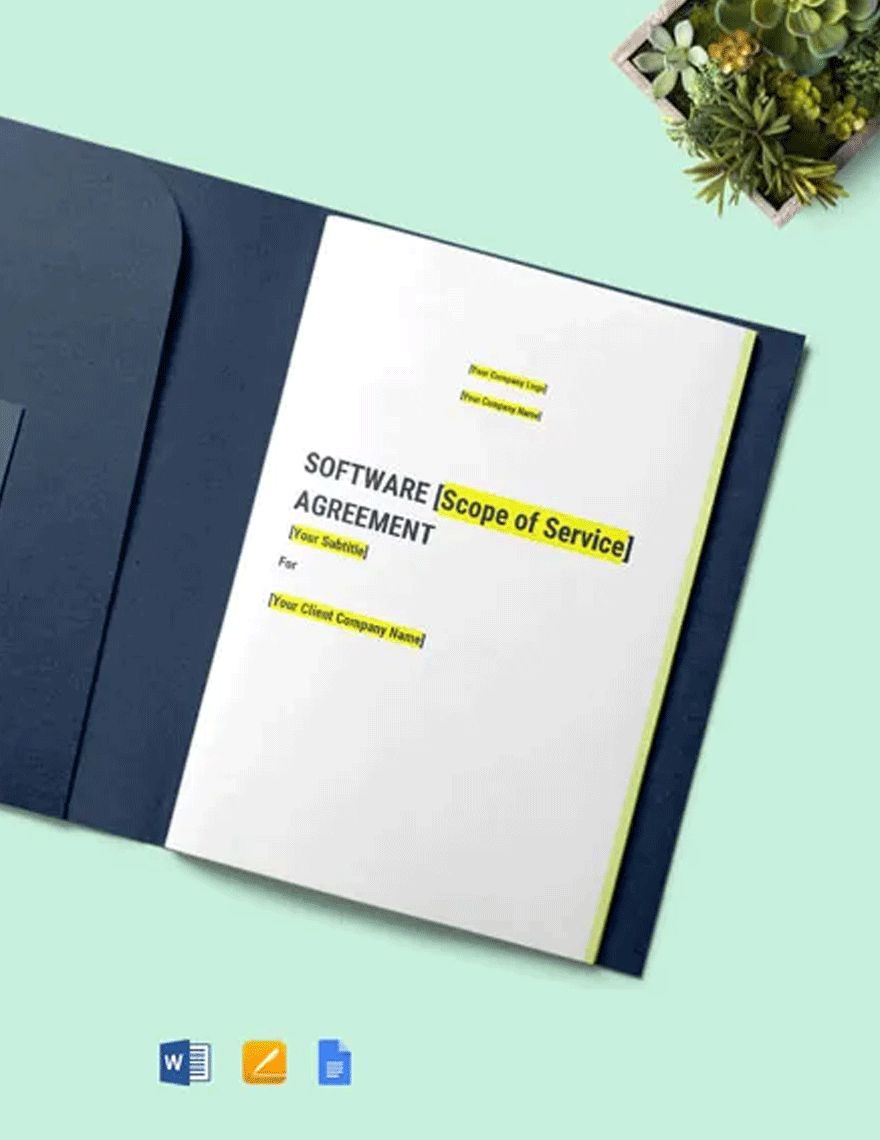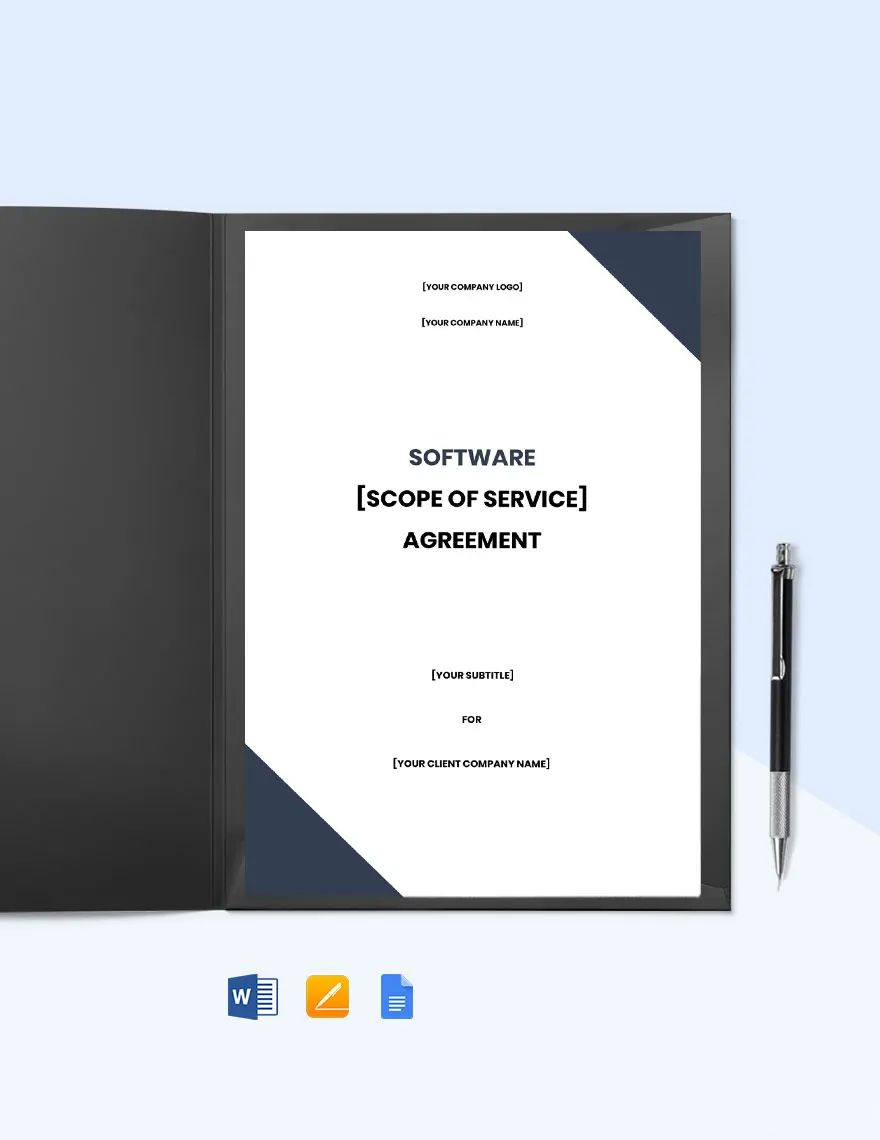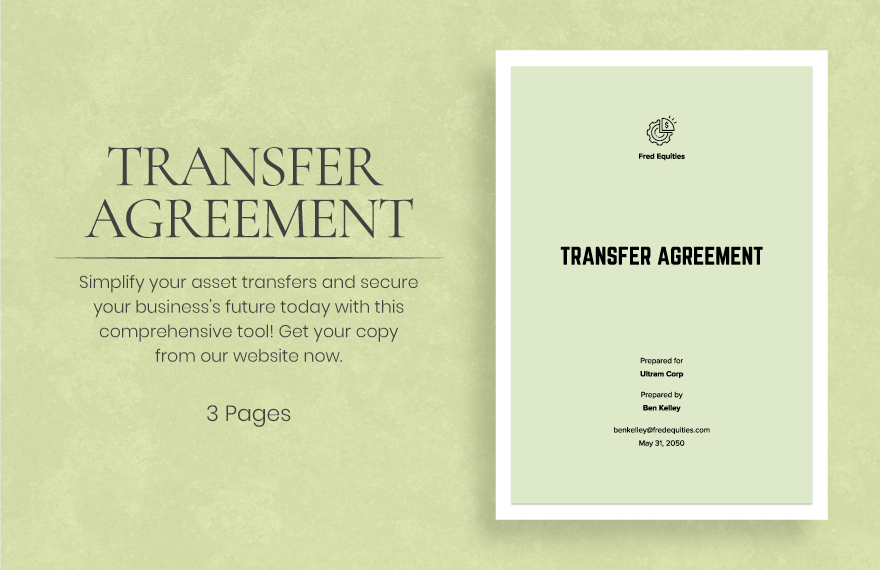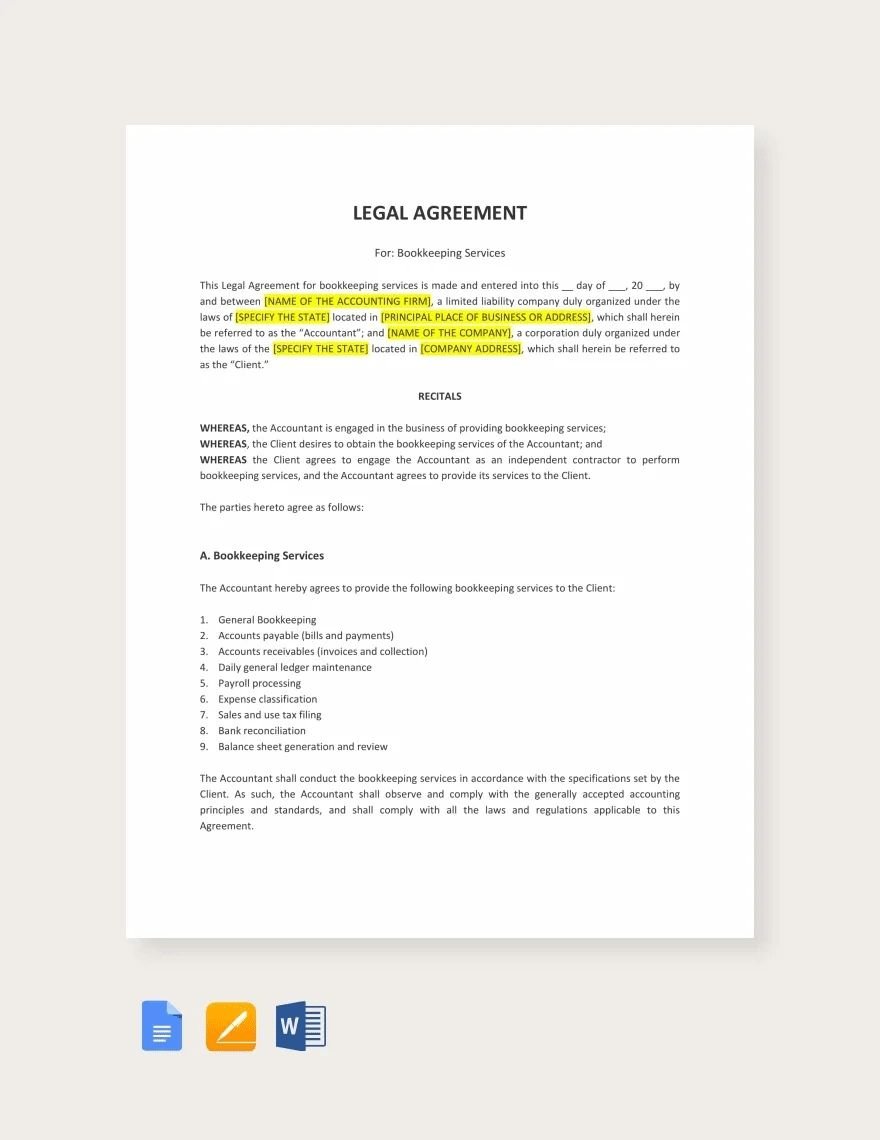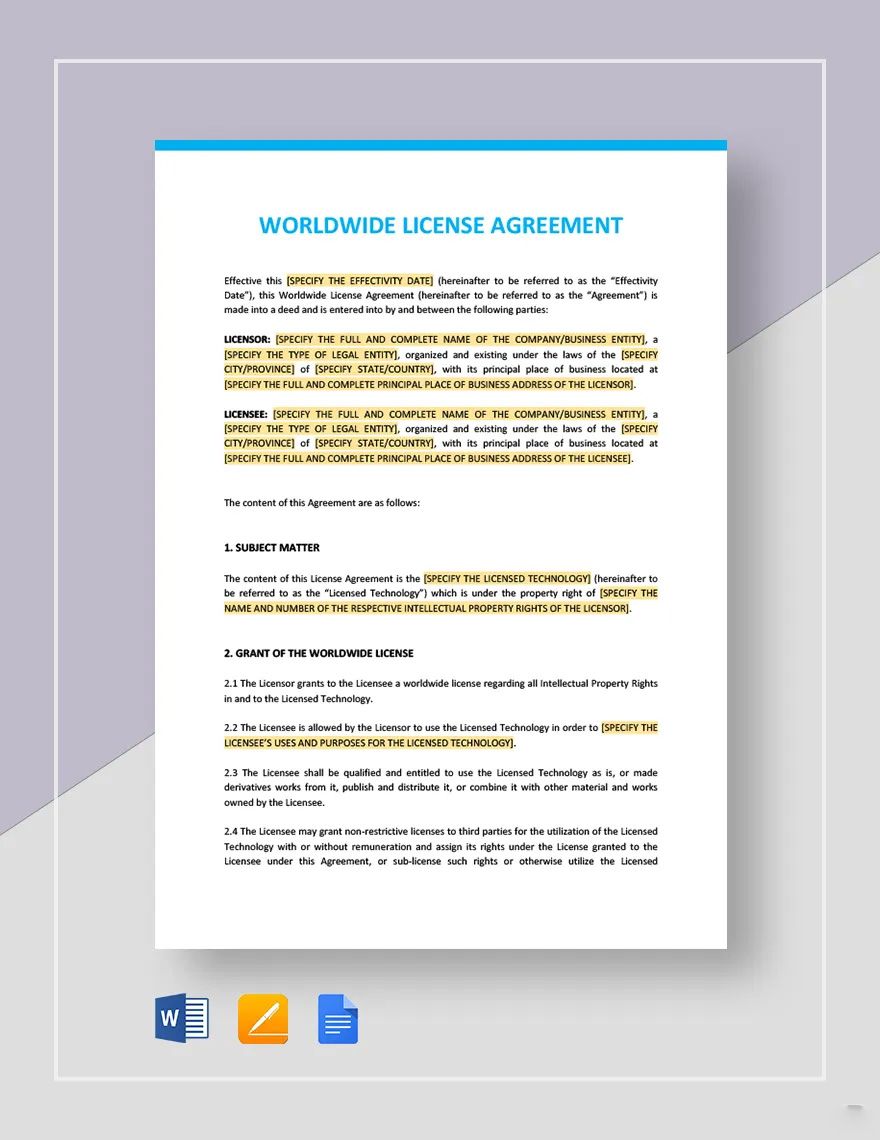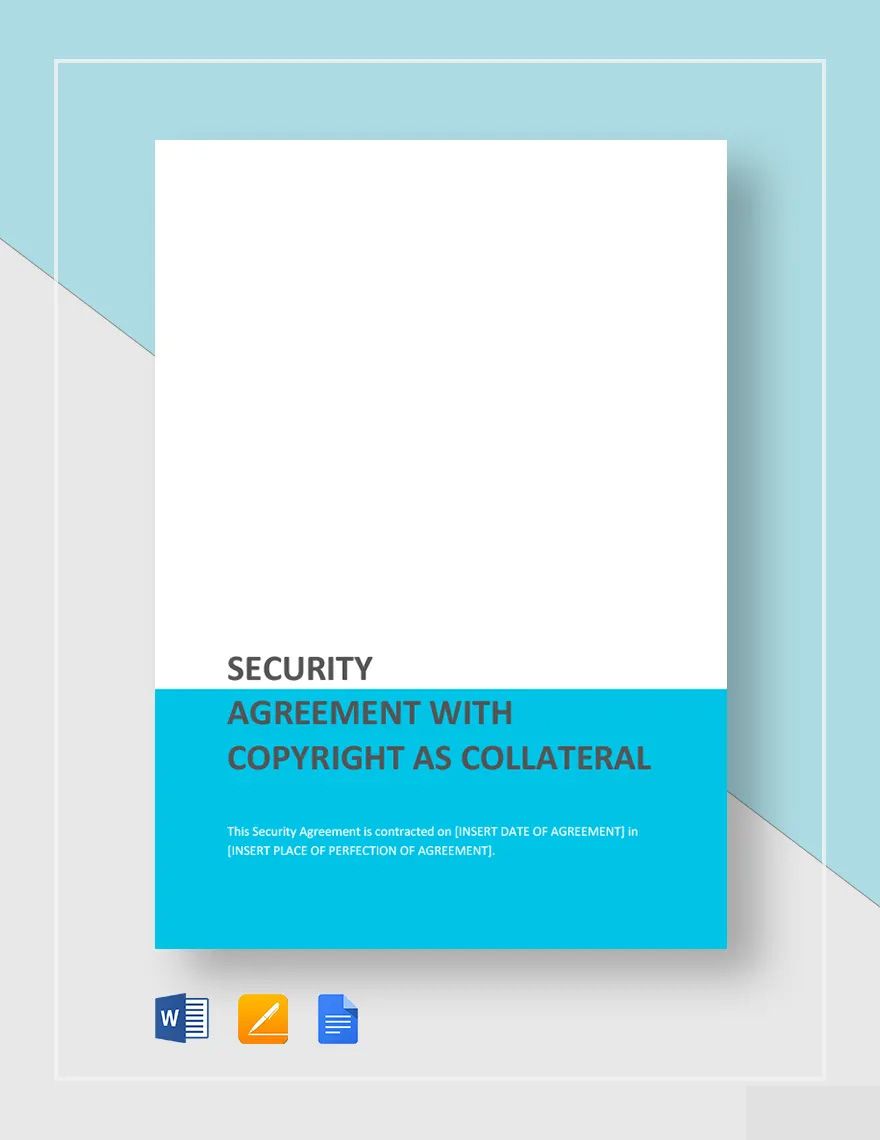Bring Your Legal Assurance to Life with Copyright Agreement Templates from Template.net
Keep your intellectual property safe and your partnerships transparent with Copyright Agreement Templates from Template.net. Designed specifically for creatives, small business owners, and legal professionals, these templates allow you to clearly outline rights and responsibilities, ensuring all parties are on the same page. Whether you're looking to formalize an agreement for a freelance project or set terms for a collaborative venture, our templates provide the ideal starting point. Each download includes crucial elements like agreement terms, signature lines, and legal clauses. No legal expertise is required; simply Copyright Agreement Maker with our free, professional-grade designs and customize according to your needs. With layouts optimized for both digital and print distribution, protecting your creative works has never been easier.
Discover the many Copyright Agreement Templates we have on hand, all designed to protect your creative rights and revenue streams. Choose a template that suits your project needs, swap out placeholders with your content, and customize colors and fonts to match your brand. Enhance your document with drag-and-drop graphics or animated effects, and utilize AI-powered text tools to refine legal language effortlessly. With possibilities as limitless as your creativity, exploring our wide array of templates is both fun and skill-free. Enjoy regularly updated options at your fingertips and when you're finished, download or share via email, or publish directly to your preferred digital platform. It's ideal for multiple channels and designed with real-time collaboration in mind.
